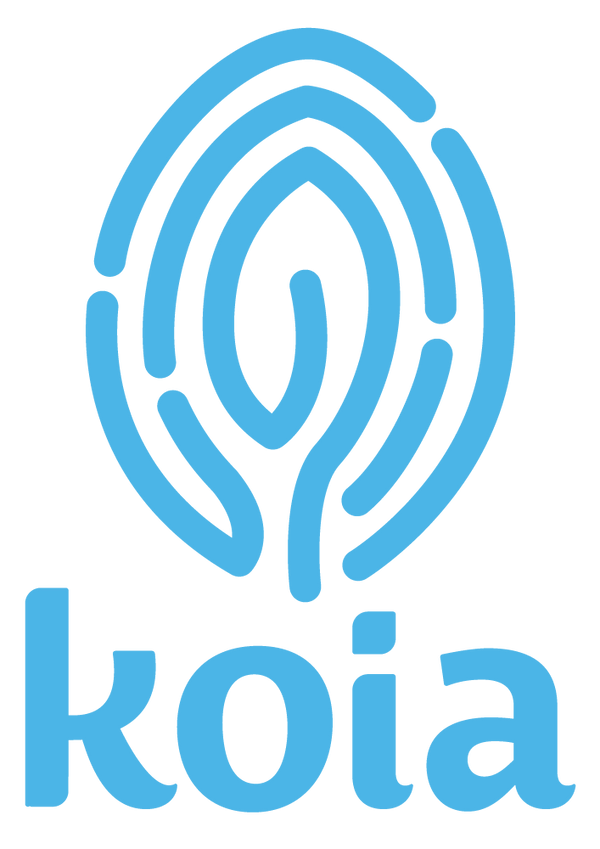workout recovery
You plan your workouts, but do you plan your recovery? We’ve heard a common theme of “no pain, no gain,” and that may skew our perception of the necessity of recovery. Some individuals
may also have the mindset that if they aren’t sore after workouts, they didn’t work hard enough. There’s also the belief that we need to work through pain, or being extremely tired from a busy work day. That is not the case.
Recovery is integral to reaching your health and fitness goals. It’s important to highlight that recovery is more than what some may believe to be as solely stretching. Just like the saying, “you can’t out train a bad diet,” I’m here to tell you, it’s much harder to reach your fitness goals
without all-around recovery.
In addition to stretching techniques, recovery includes a balanced workout program to avoid overtraining, sleep, and nutrition to name a few. These all play a factor with your performance in the gym and the other 23 hours of the day.
When it comes to your post-workout routine, here are a few options for you to incorporate:
• Cardio cool down for about 5-10 minutes
• Static stretching
• SMR (Self-Myofascial Release) with a foam roller to help speed up your recovery byworking the tissue.
Outside of your workout program, you should also place importance with your sleep and
nutrition. Without enough sleep and proper fuel, your body is working harder to keep you functioning at its highest level. Moreover, some days, all your body needs is to literally be at rest. Taking the time to stop and recover will get us back up and running faster than draining
ourselves. If we can make the time to charge our phones every day, we can take the time to charge up ourselves. Just like a car that requires gasoline because it can’t run on an empty tank–neither can you.
It’s admirable to push ourselves to break past limits, but we must look at our overall wellness.
For example, I have clients who ask if it’s acceptable to do two workouts in a day. My first
question back is, “are you willing to eat and recover for the amount of stress you want to put on
your body?” If your answer is NO, that’s okay. You have a better chance of success by setting
up a practical routine for your lifestyle that you can implement and maintain. By having a
consistent sleep, nutrition, workout, and recovery routine you’re creating a lifestyle, and not a
quick fad diet and exercise plan.
Plain and simple–recovery is key to reaching your health and fitness goals.
By Maricris Lapaix, NASM Certified Personal Trainer
Plant Protein and Recovery
Today we are talking about recovery fuel and we are focusing on protein! Protein is a macronutrient that plays a vital role in growing, repairing and replacing tissue. Amino acids are the building blocks of proteins, there are 20 total. 9 of those are essential, meaning your body can not make them or make in sufficient quantity to meet its needs, and they must be supplied by your diet. A well rounded diet is essential to your health and recovery.
Plant-based proteins are a great choice for vegetarians, those having difficulty digesting animal based protein, and those interested in incorporating more plant based foods into their diets. However, many plant-based proteins are not complete on their own, they do not contain all 9 essential amino acids. Consuming a blend of complementary plant proteins (like rice and pea) will ensure you are getting a greater amount of amino acids to help the body repair during recovery. Koia is a perfect example of a complete protein because the proprietary protein blend in all koia beverages is brown rice, pea and chickpea protein.
Recovery nutrition is vital to repair damaged tissues and muscles. It is the optimal time to rehydrate and replenish the energy that was used by the body during exercise. Experts recommend eating or drinking a recovery snack within 60 minutes of training. Aim for 15-20 grams of protein. For lower intensity or shorter training sessions aim for 2:1 ratio of carbs to protein and for longer or higher intensity sessions, up the ratio to 3:1. I like to pair a Koia with a banana, PB toast or use it as the base liquid in a smoothie! Follow this up with a balanced meal within two hours! It is detrimental to your training if you do not take your nutrition seriously. Do your body right, refuel properly, train harder and recover faster; not just for exercise but for life.
By Kristen Soscia, Registered Dietitian

